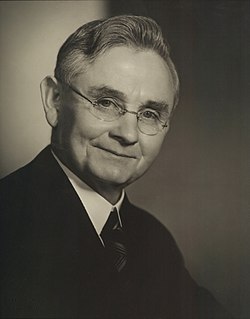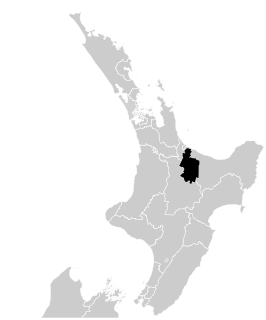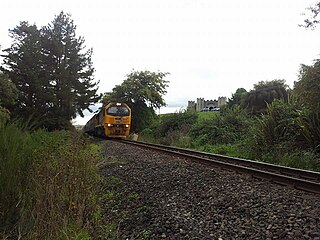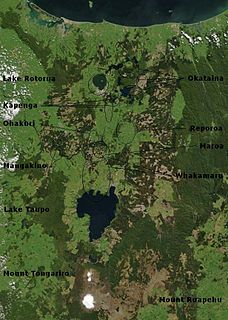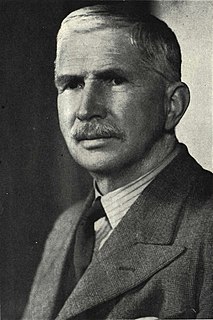Edward Earle Vaile OBE (3 March 1869 – 11 January 1956) was a real estate agent, farmer, philanthropist, author, railway campaigner and a pioneer of the pumice country - Broadlands, North Island, New Zealand.
Real estate is "property consisting of land and the buildings on it, along with its natural resources such as crops, minerals or water; immovable property of this nature; an interest vested in this (also) an item of real property, buildings or housing in general. Also: the business of real estate; the profession of buying, selling, or renting land, buildings, or housing." It is a legal term used in jurisdictions whose legal system is derived from English common law, such as India, England, Wales, Northern Ireland, United States, Canada, Pakistan, Australia, and New Zealand.

A farmer is a person engaged in agriculture, raising living organisms for food or raw materials. The term usually applies to people who do some combination of raising field crops, orchards, vineyards, poultry, or other livestock. A farmer might own the farmed land or might work as a laborer on land owned by others, but in advanced economies, a farmer is usually a farm owner, while employees of the farm are known as farm workers, or farmhands. However, in the not so distant past, a farmer was a person who promotes or improves the growth of by labor and attention, land or crops or raises animals.
Contents
Vaile was born at Hampstead, London, England in 1869. [1] He was a very strong advocate for the building of a government railway between Rotorua and Taupo via Waiotapu and Reporoa. From 1911 onwards he led campaigns and lobbied vigorously for many years to have a railway built between Rotorua and Taupo. He formed and led the Rotorua Taupo Railway League and the Reporoa Railway League, and in 1928 published a campaign pamphlet advocating the construction of a railway between Rotorua and Taupo. In 1929 published another campaign pamphlet titled "The truth about the Taupo railway - the story of a great crime" advocating the need for and the numerous benefits such a line would bring, in response to the government stopping the project in that year. He stood in the 1931 election in the Rotorua electorate as an independent supporter of the Reform Party with the construction of the line as his main issue. [1] The United and Reform Parties had formed the United/Reform Coalition, and Vaile was heavily beaten by both the official coalition and the Labour candidates. [2]
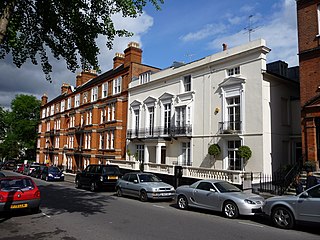
Hampstead, commonly known as Hampstead Village, is an area of London, England, 4 miles (6.4 km) northwest of Charing Cross. Part of the London Borough of Camden, it is known for its intellectual, liberal, artistic, musical and literary associations and for Hampstead Heath, a large, hilly expanse of parkland. It has some of the most expensive housing in the London area. The village of Hampstead has more millionaires within its boundaries than any other area of the United Kingdom.

Waiotapu, also spelt Wai-O-Tapu is an active geothermal area at the southern end of the Okataina Volcanic Centre, just north of the Reporoa caldera, in New Zealand's Taupo Volcanic Zone. It is 27 kilometres south of Rotorua. Due to dramatic geothermal conditions beneath the earth, the area has many hot springs noted for their colourful appearance, in addition to the Lady Knox Geyser, Champagne Pool, Artist's Palette, Primrose Terrace and boiling mud pools. These can mostly be viewed through access by foot, and in addition to a paid and curated experience, naturally forming hot springs appear around the area. The geothermal area covers 18 square kilometres. Prior to European occupation the area was the homeland of the Ngati Whaoa tribe who descended from those on the Arawa waka (canoe).
There have been a number of proposals to build a Taupo Line as a branch railway linking the township of Taupo in the central North Island of New Zealand to New Zealand's rail network. One proposal proceeded as far as the construction stage before being stopped.
In the 1952 Queen's Birthday Honours, Vaile was appointed an Officer of the Order of the British Empire, for services to the community in Auckland. [3]
The 1952 Queen's Birthday Honours in New Zealand, celebrating the official birthday of Elizabeth II, were appointments made by the Queen on the advice of the New Zealand government to various orders and honours to reward and highlight good works by New Zealanders. They were the first birthday honours of the new queen's reign, and were announced on 5 June 1952.
